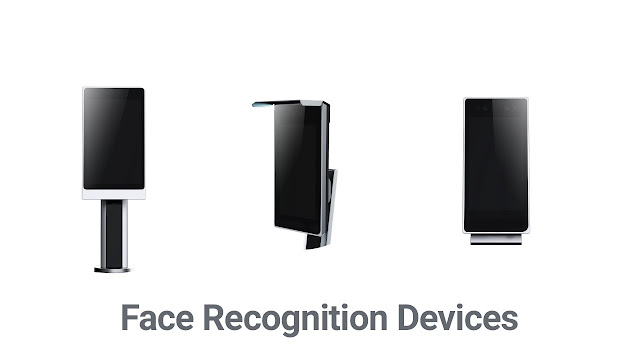What is facial recognition Technology?
Facial recognition technology that uses artificial intelligence and machine learning algorithms to identify and verify an individual's identity by analyzing their facial features.
It works by capturing an image or video of a person's face and comparing it to a database of known faces to determine a match. This technology can be used for various applications, such as security, access control, and identification verification.
Facial recognition technology can be deployed in various settings, including public places like airports, shopping malls, and government buildings, as well as private spaces like offices and homes.
Facial recognition technology has rapidly become a prevalent tool in modern society. From unlocking our smartphones to allowing us access to secure buildings and tracking criminals, facial recognition technology is used in many ways. we will explore what facial recognition technology is, how it works, and some of its applications and controversies.
Facial Recognition Technology :
Facial recognition technology is a type of artificial intelligence that utilizes algorithms to detect and analyze faces. It extracts facial features and uses these features to compare with an existing database of images to verify or identify a person's identity.
Facial recognition technology works by capturing an image or video of a face and then processing the image to extract specific features, such as the distance between the eyes, the shape of the face, and the size of the nose. These features are then compared to a database of known faces to find a match.
How Does Facial Recognition Technology Work?
Facial recognition technology uses machine learning algorithms and deep learning models to analyze facial features. These algorithms learn from a large set of training data and become more accurate as they process more data. The process of facial recognition can be broken down into several steps:
Face Detection: The algorithm detects a face within an image or video frame.
Feature Extraction: The algorithm analyzes the face to extract specific features.
Face Matching: The algorithm compares the features of the detected face to a database of known faces.
Verification or Identification: The algorithm determines whether the detected face matches a known face in the database.
Applications of Facial Recognition Technology
Facial recognition technology has numerous applications, including:
Security: Facial recognition technology is used in airports, border checkpoints, and other secure facilities to identify and track potential threats.
Access Control: Facial recognition technology is used in buildings to verify an individual's identity before granting access.
Facial recognition technology is used in stores to track and analyze customer behavior and demographics.
Facial recognition technology is used to track criminals and suspects, and identify missing persons.
Controversies Surrounding Facial Recognition Technology
While facial recognition technology has many benefits, it is not without controversy. The main concerns include:
Privacy: Facial recognition technology can be used to track individuals without their consent, raising concerns about privacy.
Accuracy: Facial recognition technology is not always accurate, and there have been instances of mistaken identity.
Facial recognition technology can be biased against certain demographics, leading to inaccuracies and discrimination.
Facial recognition technology is a powerful tool with many applications. It is used in security, access control However, there are also concerns about privacy, accuracy, As with any new technology, it is essential to weigh the benefits and risks before deploying facial recognition technology. As the technology advances, it will be important to address these concerns and ensure that facial recognition technology is used in a responsible and ethical manner.
.png)

Comments
Post a Comment